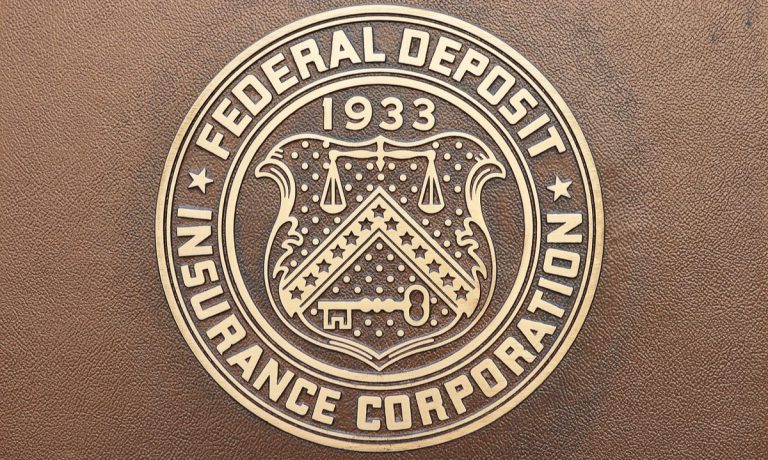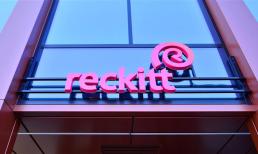However, the report revealed trends that bear watching — particularly as domestic deposits (and as part of that designation, savings accounts) declined, reversing a general growth trend. Credit card charge-offs also grew, as did the number of “problem” banks.
Meanwhile, the number of insured institutions declined, which may concentrate risk.
These trends come even as the banking industry overall notched profits. Net income in the second quarter increased to $71.5 billion, 11.4% higher than the first quarter. The key contributors to the positive showing on the net income metric came as the banks themselves trimmed expenses and saw a boost in non-interest income.
“The banking industry continued to show resilience in the second quarter,” FDIC Chairman Martin Gruenberg said in a statement released with the report. “Net income increased, and asset quality metrics remained generally favorable.”
“However, the industry still faces significant downside risks from uncertainty in the economic outlook, market interest rates and geopolitical events,” he added. “…In addition, weakness in certain loan portfolios, particularly office properties, credit cards and multifamily loans, continues to warrant monitoring.”
Advertisement: Scroll to Continue
Card Charge-Offs Grow
Credit card-related net charge-off ratios were up slightly from the first quarter and higher than a year ago at 4.8%. That’s a level not seen since 2011, per the statement.
Taken all together — across all loan types — the industry-wide net charge-off rate stood at 0.7% in the period from the prior quarter and 0.2% higher than the year-ago quarter, which put the metric above pre-pandemic averages.
The PYMNTS Intelligence report “New Reality Check: The Paycheck-to-Paycheck Report: The Credit Card Use Deep Dive Edition” revealed that 43% of the population said they revolve their credit card balances. That share rose to 65% for those who live paycheck to paycheck with issues paying bills and 51% for those who live paycheck to paycheck without issues paying bills. Savings are being depleted every few years, as a separate PYMNTS Intelligence report showed.
The ability to draw upon savings to assuage at least some of that debt is dwindling a bit. As the FDIC estimated, for the second quarter, domestic deposits decreased $197.7 billion, or 1.1%, from the first quarter, below the pre-pandemic average second-quarter growth of 0.2%.
“Both savings and transaction deposits declined from the prior quarter,” the FDIC said in its report.
The total number of FDIC-insured institutions declined by 29 during the quarter to 4,539. Three banks were sold to credit unions, and 26 institutions merged with other banks during the quarter, per the report.
“One bank failed in the second quarter but did not file a call report in the first quarter, and no banks opened,” the report said.
The decline in institutions also came as the number of banks on the FDIC’s “Problem Bank List” increased from 63 to 66, and the total assets held by such banks rose $1.3 billion to $83.4 billion.
“Problem banks represent 1.5% of total banks, which is within the normal range of 1% to 2% of all banks during non-crisis periods,” the FDIC said in the report.




